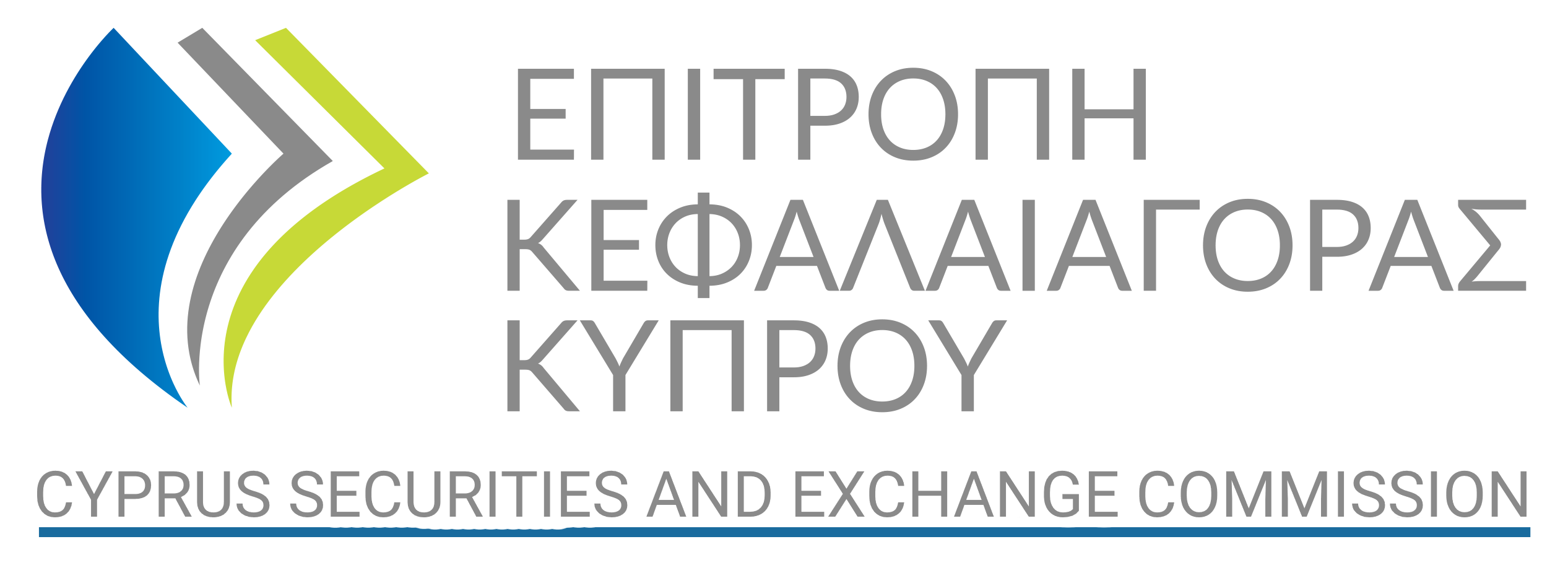
When it comes to talking about securities lending and repos, there are more similarities between the two rather than differences. They are both different types of securities financing transactions (SFTs) and are even used as substitutes for each other sometimes. However, there are some fundamental differences between how the two are operated.
Both securities lending and repos have an arrangement where one side gives the legal ownership of a security or multiple securities to another party for a pre-defined period of time. The person giving the legal ownership to the other party is called the lender while the person receiving the rights and ownership is known as the borrower in this transaction. The collateral aspect is where the two (securities lending and repos) differ. In securities lending, the collateral is either cash or other securities that the borrower posts as security for the lender in case of borrower default.
In addition, the borrower also pays the lender a fee for the use of the security that they received on loan from them. If cash is used as a collateral device, the lender has to reinvest the cash received and return a pre-agreed amount from the reinvestment to the borrower. When this happens, the lender nets out the fee to be paid from the interest rebated rather than having two different transactions. As an example, if Lender A and Borrower B are entering a transaction where Borrower B posts $100 cash as collateral, then A is obliged to invest that cash. If the interest earned on that $100 is $4 and the fee paid to the lender for the use of the security if $10, then the borrower ultimately only ends up paying $6. From the $10, $4 is deducted as income from the interest.
The difference in the repo however is that repos are driven by the need to borrow and lend cash while securities lending and borrowing transactions are driven by the need of a party to borrow and lend securities. Another key difference is that while securities lending uses largely equity securities and cash as collateral, the repo market uses fixed income instruments as collateral. This is done largely because the security being borrowed is normally a fixed income security itself while in securities lending, equity securities are the object being traded. In addition to those differences, in securities lending, the legal ownership is not the only feature being transferred to the borrower. The voting rights and other rights to corporate actions taken by the company also become the property of the borrower for the period that the security is with them.
This aspect of the securities lending and borrowing market has made it convention for securities lender to have a right to recall in case they wanted to be the beneficiary of a corporate action such as a dividend payment or shareholder voting during the course of the transaction. By contrast, the repo market has no such right of recall provided to the lender. If two parties enter a transaction, then the lender cannot receive the securities back from the borrower until the scheduled end of the transaction unless (and only unless) there is a clause pre-defined at the beginning of the transaction that allows the lender to recall the security.
While repos and securities lending markets are similar in a lot of aspects, there are some key differences mainly in the type of product being borrowed and lent as well as features of the actual transaction such as the collateral and callable features. Worldwide, the European and American markets are the dominant forces in the repo industry while there are pockets of growth in China and the MENA region. The overall size of the repo market is US$3.42 trillion (inclusive of bilateral and tri-party repos) while the securities lending market recently hit the $2 trillion mark worldwide.





![Binance Review: How the Crypto Exchange Works [2024]](https://www.feedroll.com/wp-content/uploads/2024/03/binance-trading-100x100.png)



